Mold growth is a more common issue in our homes and businesses than you may think. While mold spores are not usually visible to the human eye, patches of these spores congregate over time developing into what we see as mold. When hard, durable materials (e.g. metal, concrete, tile, or glass) are affected with mold, they can typically be cleaned using an appropriate fungicide with the proper contact time. In most cases where softer or more porous materials (for example, carpets, insulation, mattresses, plush furniture, clothing, or drywall) become contaminated with mold, it is recommended that they be properly removed and disposed of. Prolonged mold growth can lead to structural damage to building materials or furnishings. It is important to act quickly when mold is found. Due to the risks to both buildings and their occupants, it is important to know how to best limit mold growth and safely remove mold colonies before they develop.
Limitations on Mold Growth
Generally, mold can grow easily and can thrive anywhere. Given mold’s widespread spores and fast reproduction, it is no surprise that a mold colony can develop quickly and spread even faster with ideal growing conditions. Indoor mold growth is effectively constrained by only two factors: access to moisture and any organic material that can serve as a food source.

Many common building materials are derived from wood (such as ceiling tiles and composite drywall) and can provide the nutrition for mold communities to develop. Wooden furniture, cardboard, paper, and even dust can be all that is needed to feed a growing mold colony. The California State Department of Public Health puts it simply: “Because organic matter is always available, moisture or dampness in buildings is thus the limiting factor determining whether mold can grow.”
Sources of Indoor Moisture
Water has many pathways to enter a building undetected. Roof leaks, faulty drainage systems, or improperly sealed windows can bring moisture indoors and allow for a mold colony to grow. Following heavy rains, the saturated ground can cause moisture to seep into basements, subfloors, or through exterior walls, allowing mold to grow unnoticed. In homes built on a raised foundation, the soil underneath the home often becomes saturated and without proper airflow, mold can begin to grow in the soil and on the framing under the home. With enough time, this water can rise through flooring and into walls, bringing with it an ideal habitat for mold. Temperature differences between external and internal air can lead to condensation on walls and windows, which can seep into drywall and keep mold colonies hidden within walls. Indoor moisture can also arise from issues such as broken air conditioning systems or inadequate ventilation of humid rooms. Mold spores can survive and remain dormant even under dry conditions. For this reason, routine inspections of the interior and exterior of a building can help uncover moisture sources to help you avoid a mold problem before it progresses.
How to Reduce the Spread of Mold
To reduce the spread of existing mold contamination, remedy the moisture source immediately. If the moisture source is an active leak, it is important to fix the leak immediately to prevent additional water from entering the mold-affected area. When feasible, set up fans and dehumidifiers and expose the area to sunlight to dry out the building materials as much as possible. If you are not sure how extensive the mold growth is or are concerned that a mold issue is beyond your capacity to address, reach out to a trained consultant to perform a mold inspection of the property.
How Can A-Tech Help?
In any mold-related incident, A-Tech provides our clients with a comprehensive mold assessment. Our team of trained Environmental Health Professionals thoroughly inspects any area and details all potential sources of moisture and mold growth. Our field technicians perform non-invasive moisture inspections and mold sampling of the air and surfaces within the affected areas.
Do you have a mold problem that may be affecting the health of you, your family, or your coworkers? Reach out to A-Tech at [email protected] or 1-800-434-1025. We are prepared to address your concerns about mold and any of your environmental service needs.


